









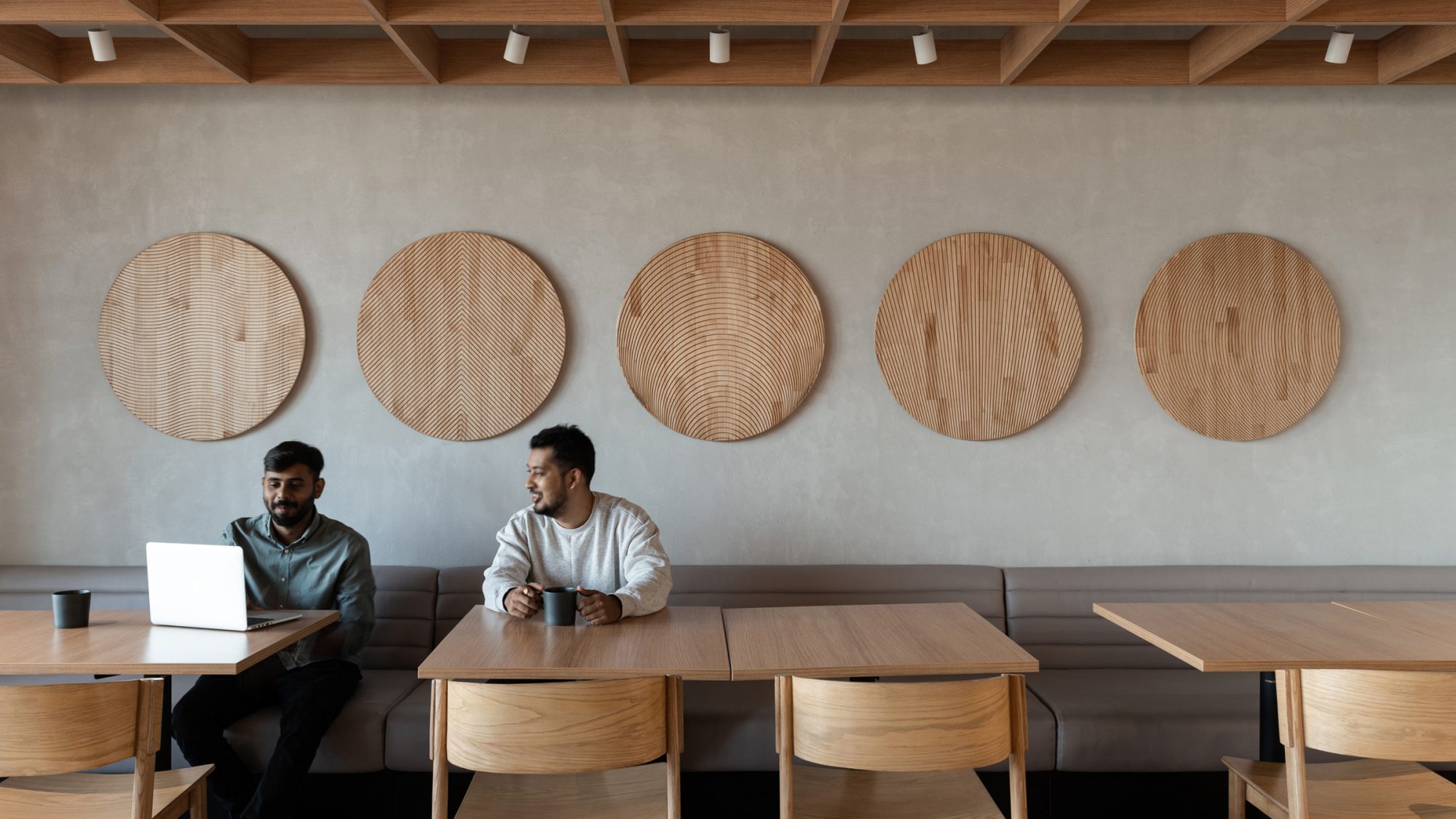
This article explores the impact of distractions on our productivity and cognitive functions. We discuss ways to reduce disruption and recommend changes to the office environment that can improve focus.
Distraction is anything that pulls our attention away from where we intend it to be. It comes in two forms: sensory and emotional. While it’s easy to imagine how noise disrupts our productivity, we often underestimate the effects of emotional distractions, such as tension in a team. Both prevent us achieving a state of flow where we’re fully immersed in our work.
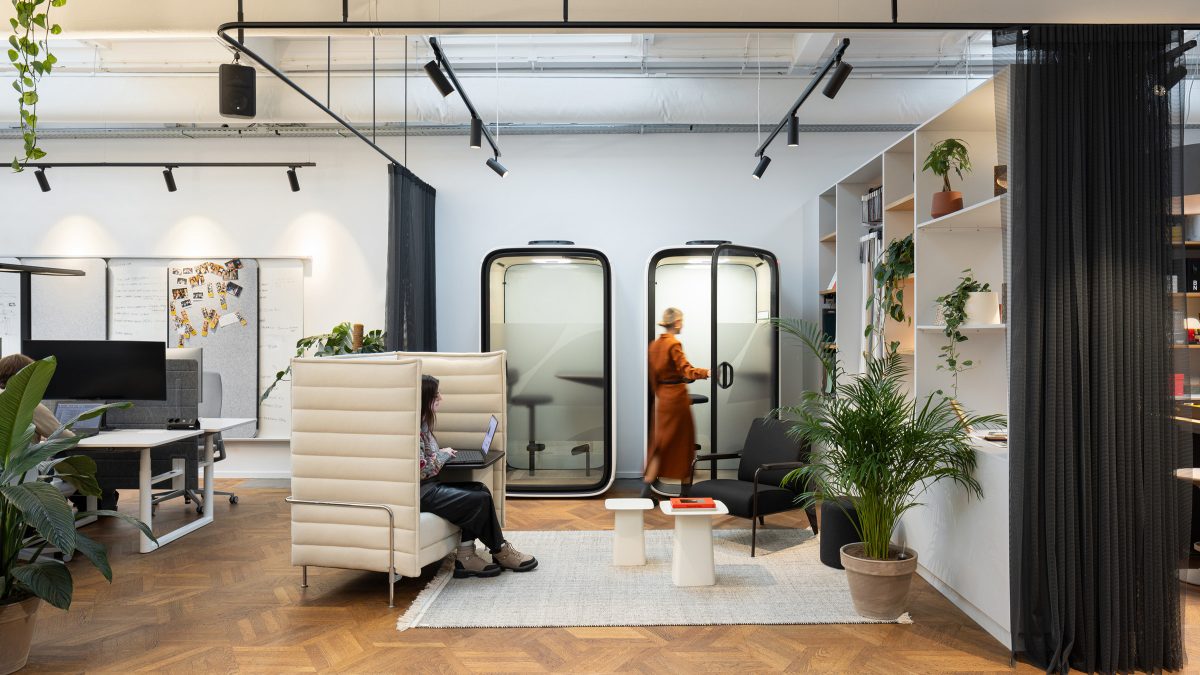
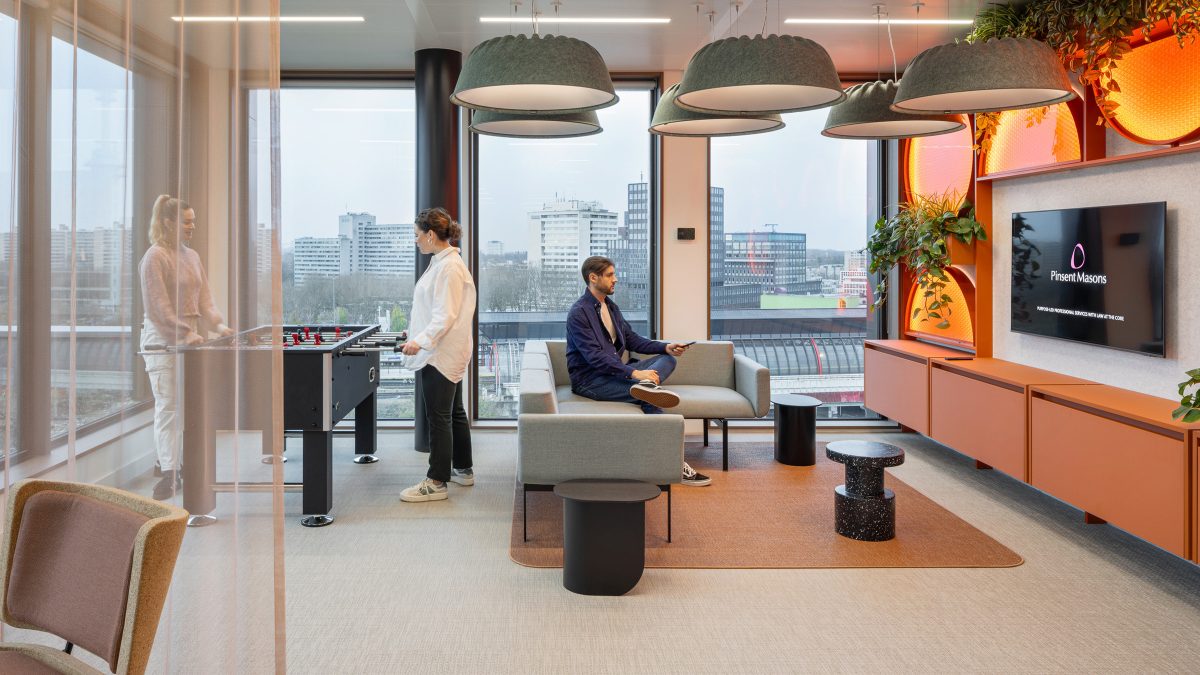
Distractions pose a significant performance challenge, affecting various aspects of our cognitive abilities. Every moment spent thinking about ambient smells, temperature fluctuations or visual disturbances is time away from the thing you set out to do. Studies show that when we operate under stress, our brains demand 12% more energy to function optimally, leaving fewer cognitive resources for tasks requiring deep concentration or abstract thinking.
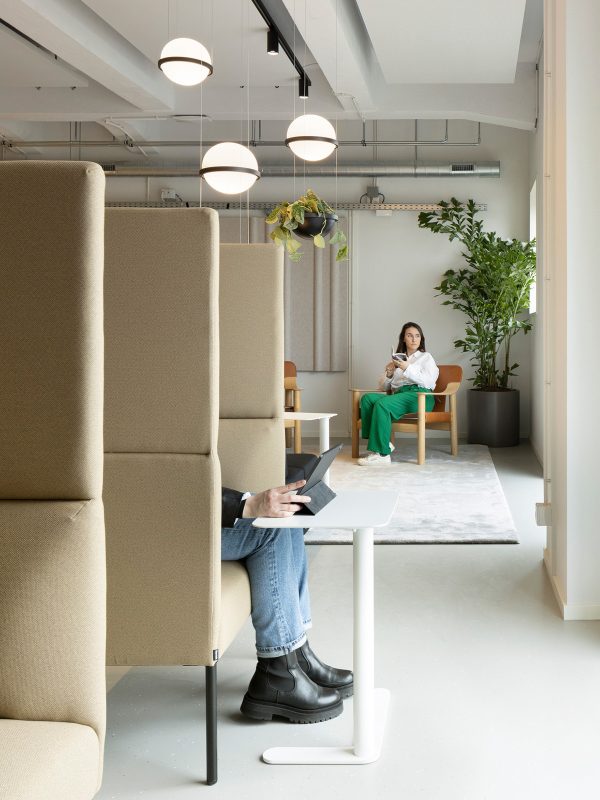
We are evolutionarily wired to get distracted. Quickly drawing our attention to new and potentially threatening information is part of our survival instinct. However, susceptibility to distractions and how they affect you vary from person to person, depending on whether you are more hypersensitive or hyposensitive.
Some people barely notice background activities like colleagues walking by, while others find them frustrating. Our reactions to sensory input influence our behaviour, leading us to seek out or avoid different environments.
Managing our responses to sensory input, known as self-regulation, can be either active (requiring conscious effort) or passive (automatic). Businesses need to understand these responses and design office spaces that accommodate them.
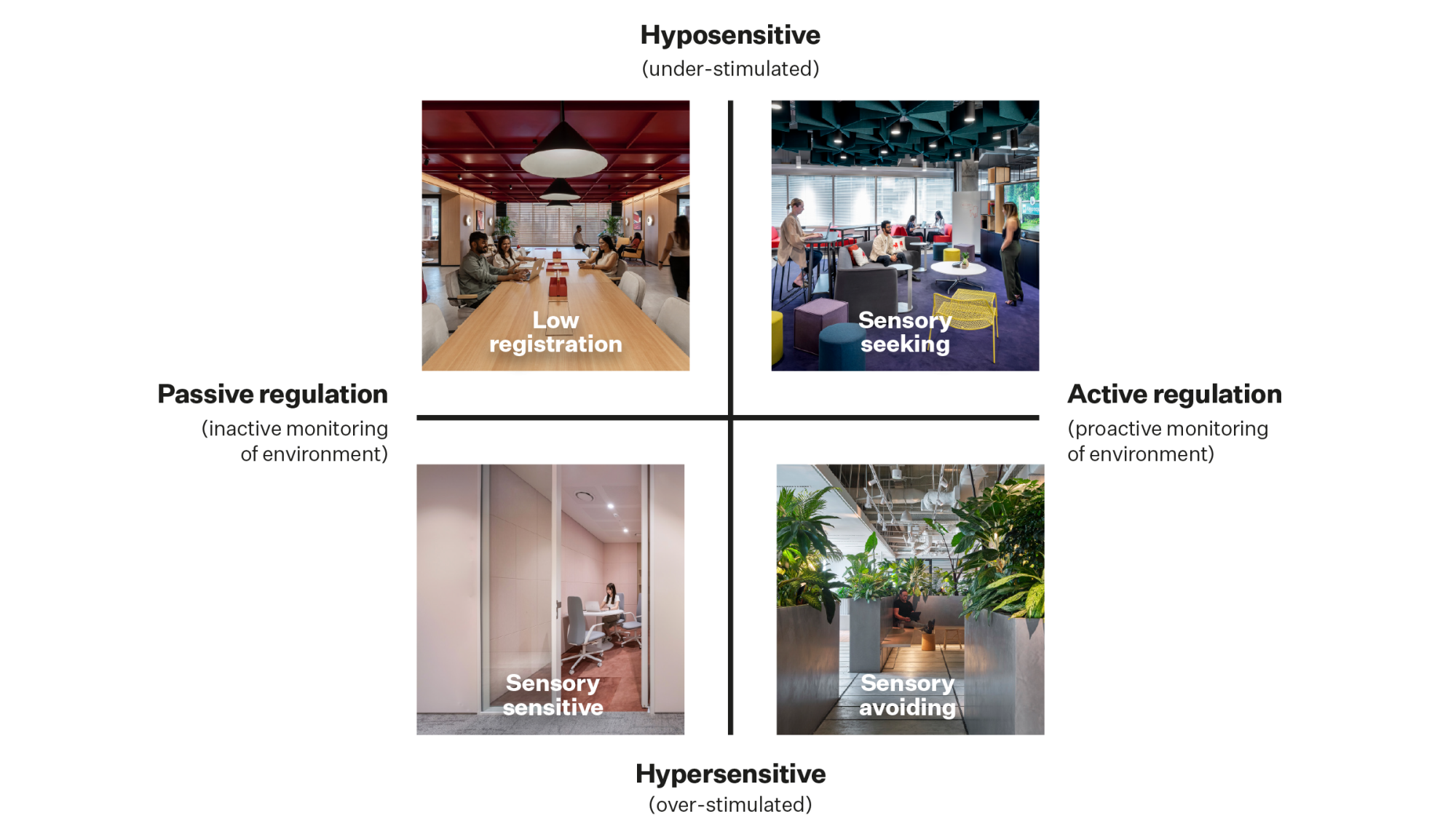
Research indicates that sensory processing patterns are evenly distributed in the general population, with no dominant style. So, we should be creating work settings for a range of sensory preferences. Here’s how you can manage distractions effectively by catering to different needs:
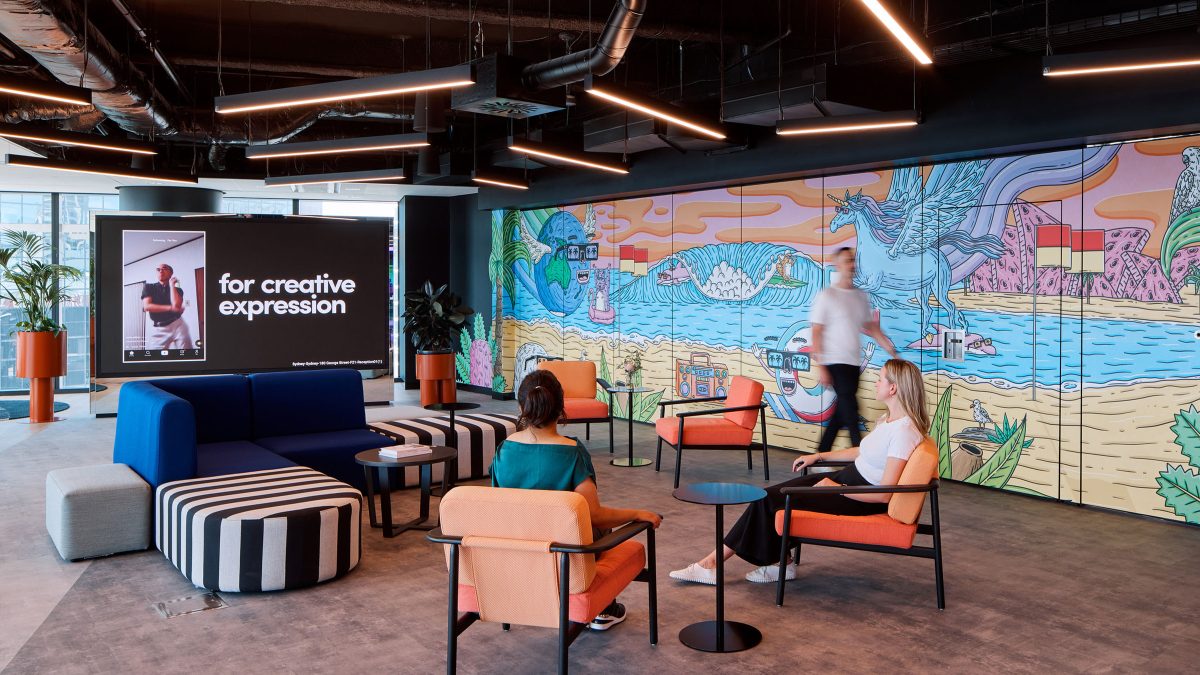
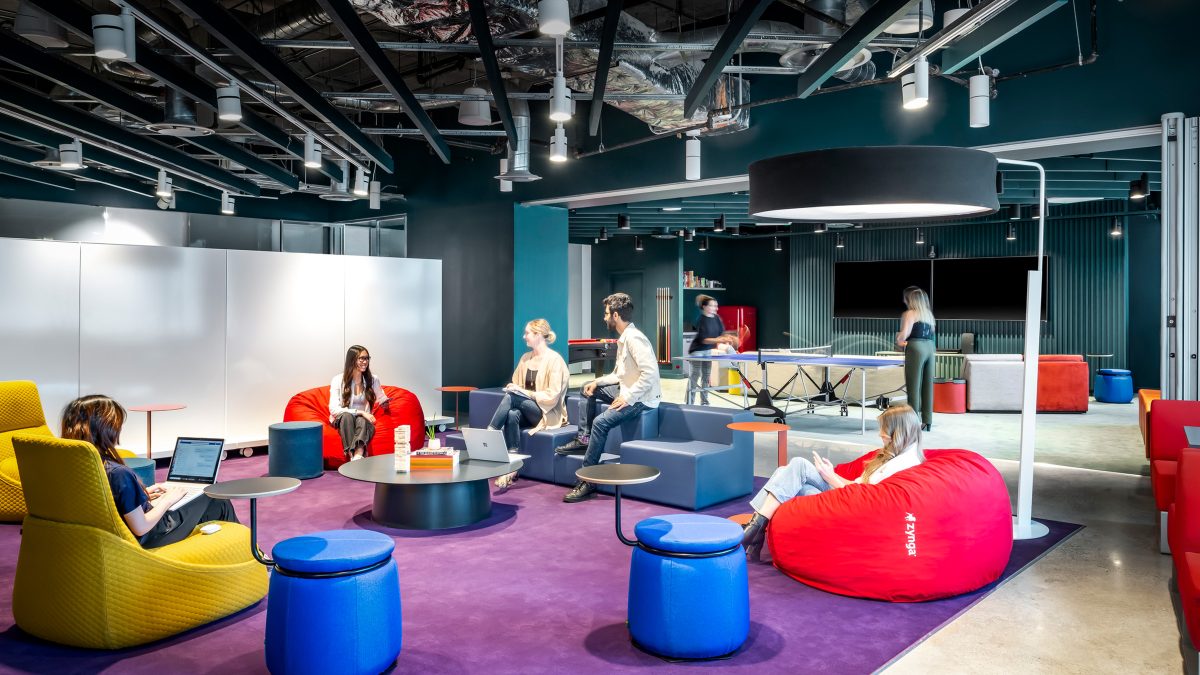
Distractions and interruptions often get lumped together. But in neuroscience, they’re quite distinct. ‘Distractions’ refer to irrelevant information that our brains need to filter out, while ‘interruptions’ demand our attention and prompt action. Now, are distractions always harmful? It’s a nuanced question.
Interruptions can be beneficial. For instance, they might alert us to something important that needs immediate attention, like a colleague asking for assistance. In this case, interruptions serve a purpose – they help us adapt to changing circumstances and prioritise tasks effectively. On the other hand, distractions are generally seen as more of a problem. They pull our focus away from a task without providing any meaningful benefit and tend to have a more consistently negative impact on our cognitive performance.
Understanding this distinction can help us manage our environment and attention more effectively. Ultimately, enhancing our ability to stay focused and productive.
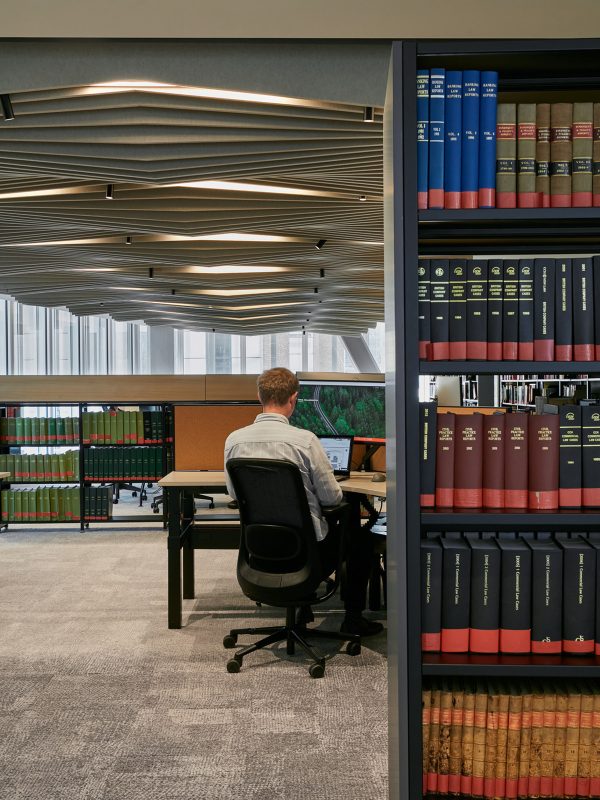
An effective change management strategy educates employees on how the workplace is designed to minimise distractions and how to use it in various ways to enhance their personal productivity. This approach helps people maximise their workplace potential and equips them with the tools to minimise distractions. Without a well-defined strategy, organisations risk inefficiency and employee frustration from frequent disruptions.
Now, explore how change management can enhance your business
transformation efforts.
Associate, Workplace Strategy